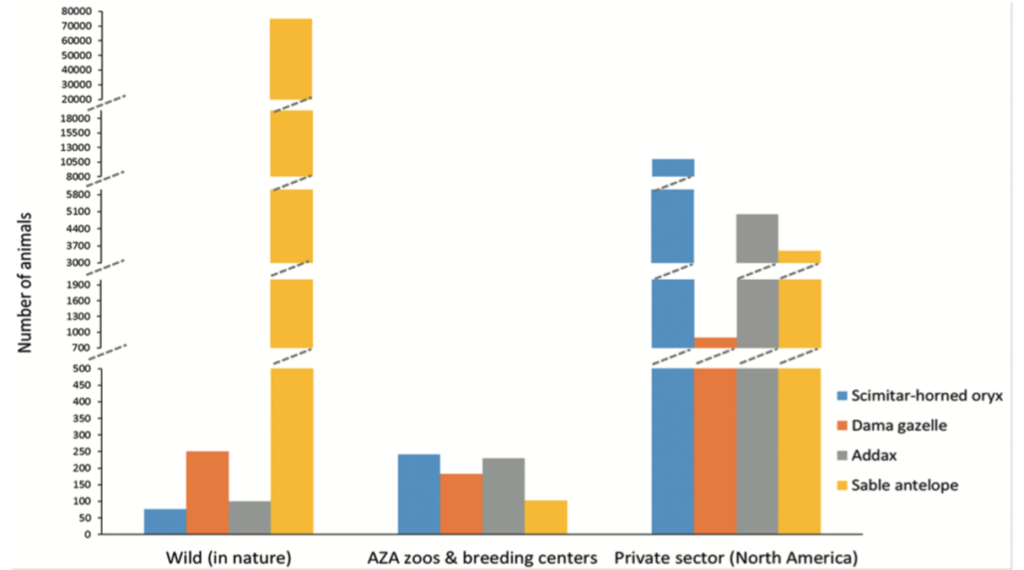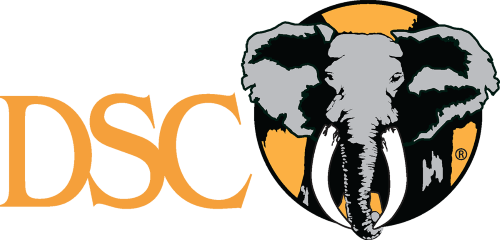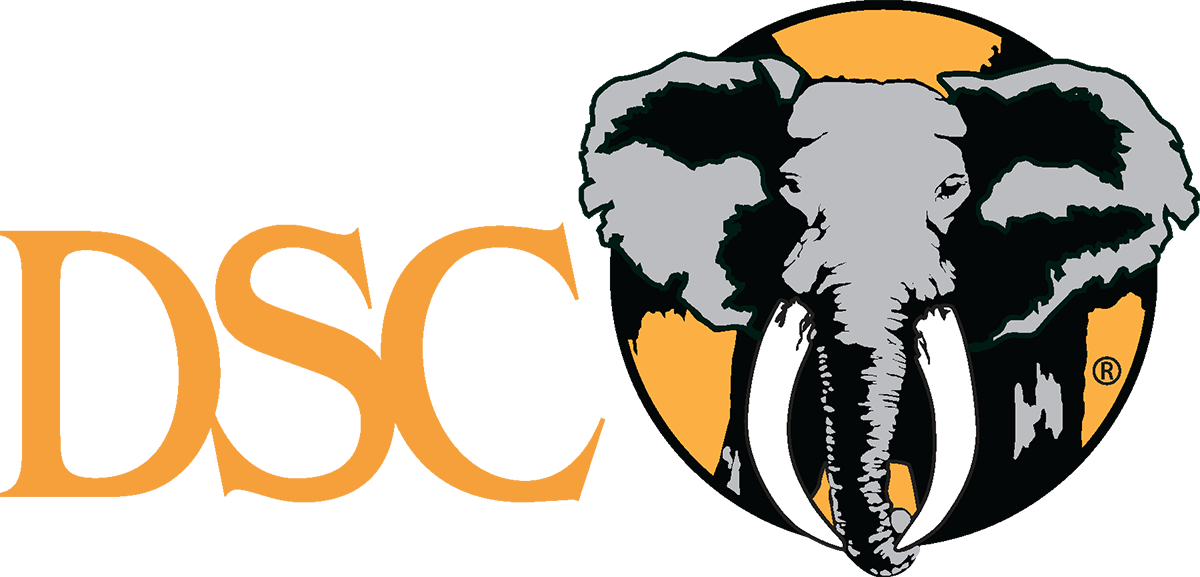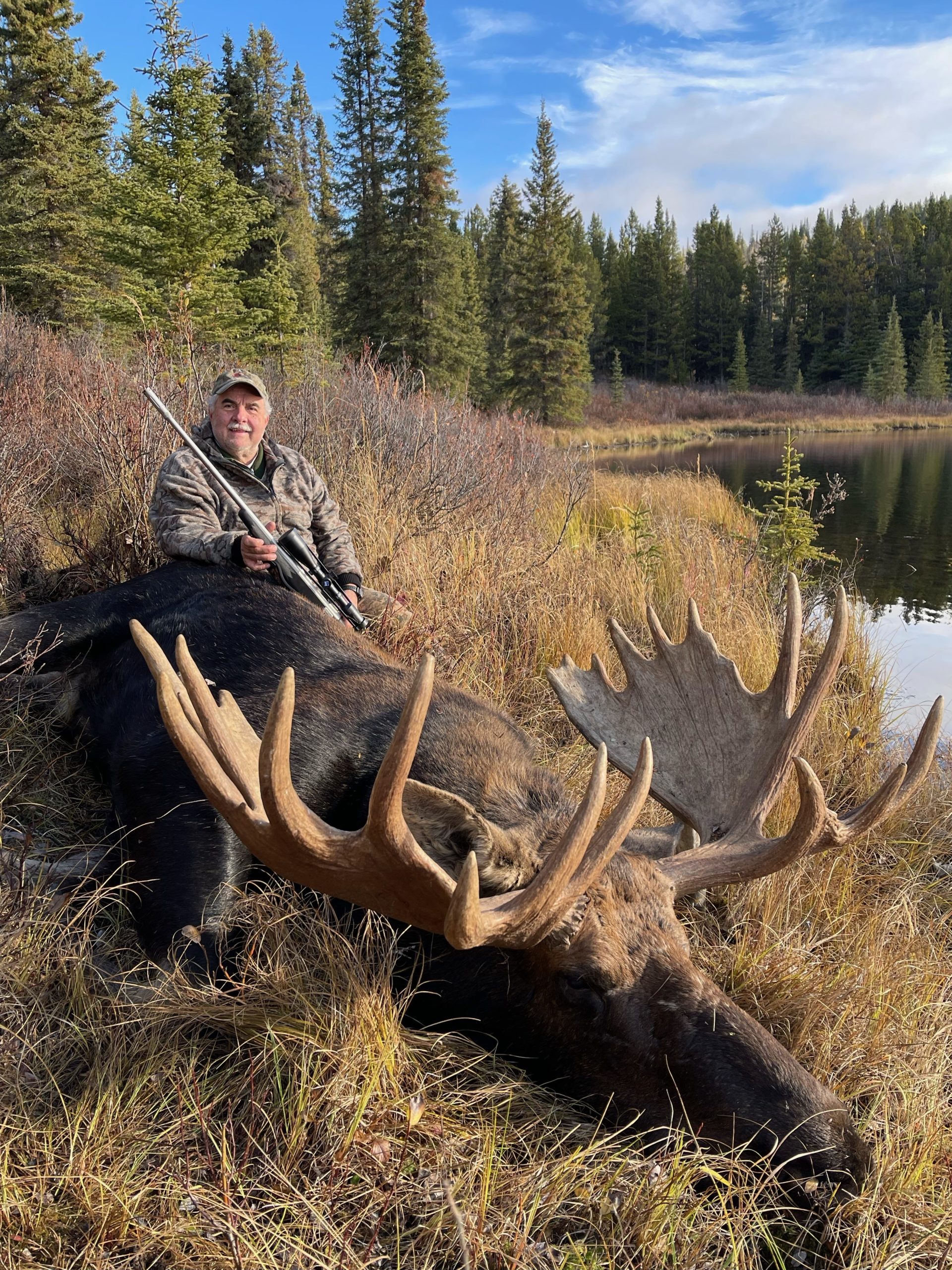[author] [author_info]The following is written by Matt Boguslawski. Matt is a licensed Professional Hunter in Tanzania, a former staff attorney with Conservation Force, and a managing partner of a respected law firm.[/author_info] [/author] 
The full text of H.R. 4804 “Prohibiting Threatened and Endangered Creature Trophies Act of 2019” (the ProTECT Act) has been recently released. This newly introduced legislation intends to stop the hunting of threatened or endangered listed species in the U.S. and cease the importation of hunted threatened and endangered listed species from abroad. It is another ill-informed and false-on-its-face piece of legislation spearheaded by special interest animal rights organizations to undermine proven conservation efforts across the globe.
Our hunting heritage, representing the single greatest conservation tool worldwide, is under siege and the ProTECT Act is another example of that. In addition to this new legislation, we are combatting the CECIL Act and an appropriations bill that seeks to eliminate federal funding for issuing lion, elephant, and other species import permits. Moreover, the UK is also considering legislation to prohibit the import of nearly all hunted specimens.
If passed, this legislation would not only be detrimental to the conservation of species like lion and elephant in Africa but would also tragically impact U.S. conservation efforts and regulate the ability of Texas ranchers to sustainable use Endangered Species Act (ESA) listed species. Among numerous other species that are thriving in Texas relative to their native habitats[1] (see table one), this legislation intends to prohibit hunters from “taking” (i.e. hunting—term of art under the ESA) species like the “Three Amigos”: Scimitar Horn Oryx, Addax, and Dama Gazelle. Readers will recall organizations like the Humane Society United States similarly attempted to over-regulate private ownership rights and hunting of the Three Amigos in 2013. The negative impact of the regulation became abundantly clear in short order[2] (see table two):


The U.S. hunting market represents the largest share of the international hunting industry. Our contributions to worldwide conservation efforts are immeasurable. For some reason, this fact escapes fundamentalist animal rights organizations—but it shouldn’t. In the U.S.alone, revenue from American sportsmen and women generated over $1.6 billion towards U.S. conservation efforts last year and historically represents 60% of funding for state fish and wildlife agencies.[3] The primary difference between domestic and international hunting is that international hunting is immediately associated with the canned killing of iconic, “Disney” species and the media created news of “Cecil.” But, nothing could be farther from the truth. The same “user pays” model utilized in the U.S. is deployed in Africa and highlights the benefits of low impact, high revenue generation in areas not suitable for photographic tourism. According to a new report on lion conservation, “[t]en years ago, it was estimated that across the 11 main big game hunting countries (South Africa, Namibia, Tanzania, Botswana, Zimbabwe, Zambia, Cameroon, Central African Republic, Ethiopia, Burkina Faso, Benin), the surface area occupied by hunting concessions was 110 million hectares, almost 15% of the total land area of these countries, and in several cases greater than the area of protected areas.”[4] The reason for the decline in hunting areas is a direct result of legislation just like the ProTECT Act that seeks to undermine the financial viability of legal, regulated hunting. In light of vastly expanding human populations across the African continent and the concomitant effects of poaching, livestock encroachment, agriculture, human-wildlife conflict the securement of habitat for wildlife conservation—in whatever form—is critical. Maintaining large, continuous landscapes for wildlife is crucial for their survival. Animal rights organizations grossly underestimate the impact that hunting operators—let alone management authorities—play in conserving wildlife. An industry audit of the Tanzanian hunting operator community done by Conservation Force showed that 27 hunting operators alone contributed over $6.7 million towards anti-poaching and $3.1 million in community development from 2013–2015. Among other successes, this led to the seizure of 6,233 snares and gin traps, 1,557 rounds of ammunition, 171 firearms and the arrest of 1,409 poachers.[5] This represents a snapshot of the Tanzanian hunting industry let alone the efforts of hunting operators across the African continent. However, most ironically and completely overlooked, is the fact that importing an endangered or threatened listed species under the ESA requires meeting special permit requirements necessitating “enhancement” of the species. Meaning, the hunting and the import of the specimen are, in fact, enhancing the survival of the species in the wild, yet some legislators and special interest groups adamantly oppose hunting.
A recent article[6] called into question the legitimacy of a letter supported by 133 leading scientists on the positive impact hunting plays in Africa and the devastating effects that short-sighted import bans can have on African conservation efforts.[7] The article called into question conflicts of interest by certain researchers who received any funding by hunter supported conservation organizations. Any such claims on impropriety are dwarfed by “NGO row” in Nairobi, IFAW’s recent memorandum of understanding and funding to Zim Parks, and the fact that the Congressmen and women that submitted the ProTECT Act rank amongst the highest with the Humane Society and are members of the Humane Society Legislative Fund[8].
The proposed findings of the ProTECT Act are riddled with unsubstantiated claims that legal, regulated hunting facilitates poaching, is a conduit for illegal trade in wildlife, and undermines conservation efforts by “target[ting] the biggest, strongest males[.]”
Read the full text of the ProTECT Act: https://www.congress.gov/bill/116th-congress/house-bill/4804/text?r=51&s=1
[1] https://academic.oup.com/bioscience/article/69/11/928/5580750
[2] https://carter.house.gov/press-releases/new-three-amigos-legislation-to-ensure-breeding-and-growth-of-african-antelopes/
[3] http://congressionalsportsmen.org/uploads/page/CSF_Year_in_Review_2018_.pdf
[4] https://assets.takeshape.io/eec0d9cd-dc81-4ba8-ac20-50da147f43d2/dev/f5cbc108-9039-4f4e-9ce7-90eea0ec63c3/New%20Lion%20Economy.pdf
[5] https://www.conservationforce.org/tanzania-hunting-operator-report
[6] https://www.thetimes.co.uk/article/funding-secret-of-scientists-against-trophy-hunt-ban-k9sgqhpnf
[7]https://science.sciencemag.org/content/365/6456/874?hwoasp=authn%3A1567156827%3A141%3A2226757753%3A0%3A0%3AzW43Cxc5qgpxWt9zMmD3ww%3D%3D
[8] http://www.hslf.org/assets/pdfs/humane-scorecard/humane_scorecard_2018_final.pdf


